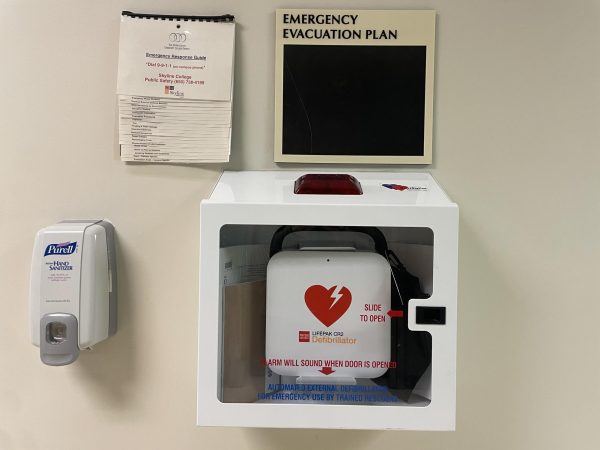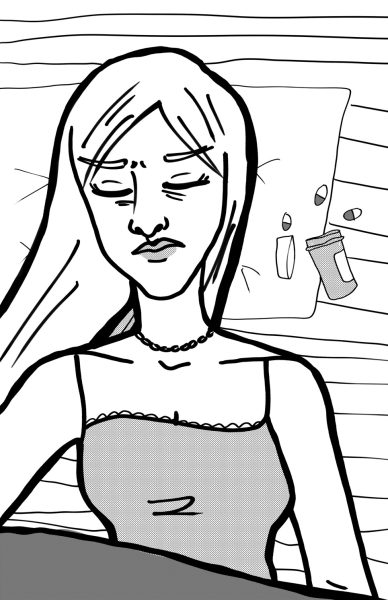Editorial: Campus smoking bill not looking at the bigger picture
At the start of this year, California Assemblyman Kevin McCarty, D-Sacramento, proposed a bill (AB 1594) aimed at banning cigarettes and electronic smoking devices (vaporizers) from all CSU and community college campuses due to concerns about student health. On the surface, this seems like a perfectly reasonable bill, but it certainly isn’t if one takes into account the statistics behind California health.
At the forefront of America’s health problem isn’t smoke, it’s fat. And while most college campuses, including Skyline, don’t sell cigarettes or vaporizer fluid, they do sell energy drinks, processed chips, and other “junk” foods. According to the California Department of Public Health (CDPH) and the California Tabacco Control Program (CTCP) “Facts and Figures” report for 2015 though, the rates of smoking in California adults has decreased from 23.7 percent in 1988, to 11.7 percent in 2013. That is a decline of 51 percent in the rate of smoking for California adults.
In contrast, the UCLA Center for Health Policy Research reported in their “Obesity in California” report from June of 2015, that the “prevalence of obesity among adults increased from 19 percent in 2001 to 25 percent on 2011-2012.”
Another report from the CDPH, “Obesity in California: The Weight of the State 2001-2012,” claims that “obesity rates doubled for adults and preschool children, while tripling among school-age children and adolescents” over the last 30 years.
These numbers show that smoking pales in comparison to the rate at which Californians are gaining weight. This isn’t to say that smoking isn’t bad, but it already isn’t allowed on many California campuses. The University of California has had a ban on cigarettes and vaporizers since 2014 and Santa Barbara Community College issued a similar ban in 2013. No such ban exists involving the sale and consumption of junk food though.
Skyline College isn’t unique in the fact that the book store shelves on campus are stocked with a variety of candy, chips, sugary sodas, high caffeine energy drinks, high sodium noodles, and processed microwave burritos. With a span of 30 years between the doubling of obesity and halving of smoking, one issue starts to become a little more important. Both habits result in various diseases, many of which are similar and result ultimately in reduced quality of life and early death. But if one is on the rise and the other on the decline, why ban the latter?
Granted, the idea of banning vaporizers may be a good one. The aforementioned “Facts and Figures” of smoking stated that the use of electronic cigarettes by adults nearly doubled between 2012 and 2013, and nearly quadrupled for those between the ages of 18 and 24. But the rate of smoking vaporizers still only reached 8.6 percent for the latter group. Not to mention the FDA itself states that electronic cigarettes have not been fully studied, so it currently can’t be known what the potential health effects on consumers are.
All of that said, no one is saying cigarettes and nicotine aren’t dangerous; they are. The issue here is the hypocrisy behind banning cigarettes and vaporizers from all campuses completely, claiming that it’s for the health of the student body, and yet continuing to sell junk food on campus. Both habits cause heart disease, strokes, shortened life-spans, and death. One is on the decline. Yes, one could argue that choosing what to eat is the right of the consumer, but it is as much a choice to buy cigarettes as it is to buy chips instead of carrots. Food can be an addiction just as much as nicotine, and right now the “weight of the state” is growing exponentially and should be curbed sooner than the already falling “smoking problem.”

















